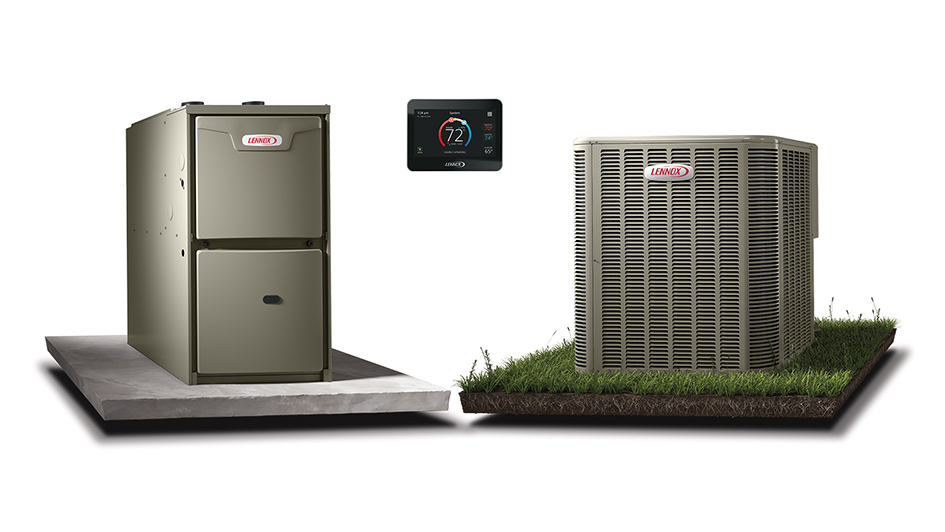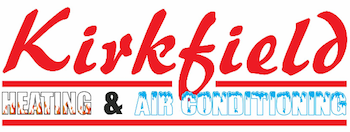
The idea of using both a furnace and heat pump may seem somewhat unusual at first. After all, why would you need two heating systems? While furnaces and heat pumps both produce energy-efficient heat, the differences in their design actually make installing both of them a reasonable option. It’s not for everyone, but in the right conditions you could truly benefit from owning a furnace and a heat pump.
You’ll need to think about several factors in order to decide if this kind of setup helps you. Your local climate and the square footage of your home are both very important, namely for the heat pump. This is because numerous models of heat pumps will run less efficiently in cooler weather and bigger homes. Even so, you can still benefit from heat pump installation in Winnipeg.
Heat Pumps Can Be Less Effective in Winter Weather
Heat pumps are typically less effective in colder weather as a result of how they create climate control to begin with. Compared to furnaces, which combust fuel to generate heat, a heat pump reverses its supply of refrigerant to draw heat from outdoor air. This heat is then drawn inside and dispersed all through your home. Provided there is still a bit of heat energy in the air, a heat pump should function. But the cooler the temperature, the less reliable this process is.
The less heat energy is usable outside, the longer it takes a heat pump to draw heat indoors to reach your desired temperature. It may depend on the type of make and model, but heat pumps generally start to lose out on efficiency at temperatures of 40 degrees and below. They should still be an energy-efficient option until 20-25 degrees, at which a gas furnace is more effective.
What Temperatures Do Heat Pumps Work Best In?
Heat pumps manage best in temperate climates 40 degrees and up. That said, you don’t have to give up on the benefits of a heat pump just because the local climate is cold. After all, that’s why using both a furnace and heat pump might be worth the expense. You can favor the heat pump for energy-efficient heat until the weather is chilly enough to call for shifting to something like a gas furnace.
A few makes and models tout greater effectiveness in cooler weather. For example, the Lennox MLA heat pump is capable of running at 100% capacity at 0°F. It can even remain functional in temperatures as cold as -22°F. For optimum energy efficiency, you’ll likely still want to switch to the furnace in severely cold weather.
So Should I Install a Heat Pump if I Own a Gas Furnace?
If you’re thinking about maintaining the most energy-efficient HVAC system possible, having a heat pump and gas furnace at the same time deserves the investment. Not only is a dual-heating system flexible, but it provides other perks like:
- Dependable backup heating – A redundant heating system means even if one fails, you still have the ability to heat your home. It won’t always be the most energy efficient, but it’s better than shivering in an unheated home while you sit around for repairs.
- Reduced energy costs – The ability to pick which heating system you use depending on the highest energy efficiency lowers your total costs. Smaller heating bills over the life span of these heaters can really add up to plenty of savings.
- Less strain on both systems – Instead of running one system all winter long, heating resources are separated between the furnace and heat pump. Crucial components could survive longer since they’re not under nonstop use.
If you’re still not sure about heat pump installation in Winnipeg, don’t hesitate to contact your local expert technicians. They can evaluate your home’s comfort needs and help you determine if a dual-heating HVAC system is the best option.




